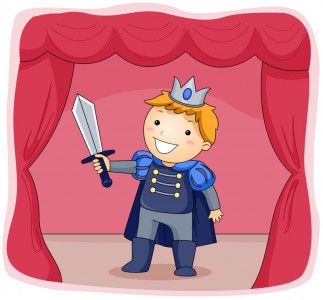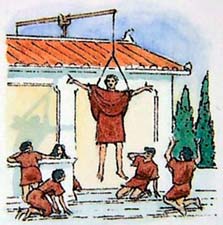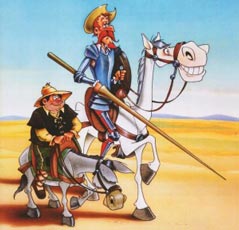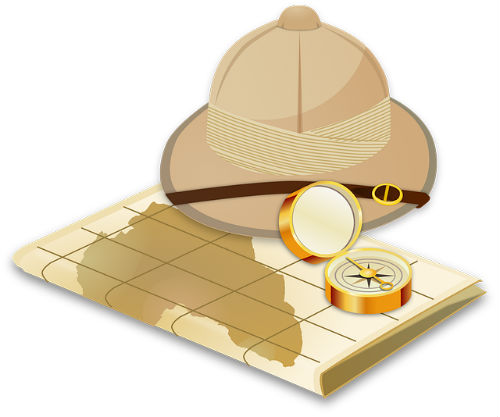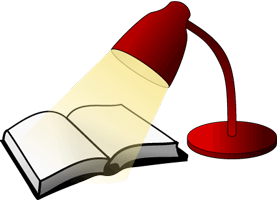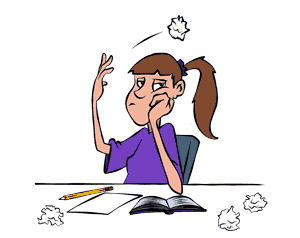Let’s imagine a man called Peter leaving the gym and running to his car with his duffel bag over his head to protect himself from the rain. When he reaches the car and is about to open the door, he stops because he sees Laura, his best friend’s girlfriend, kissing another man on the opposite sidewalk. The girl is wearing a pair of sunglasses, but all the same, he recognizes her.
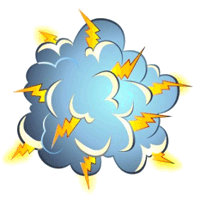
Peter stands in the rain for a while as he watches the scene in disbelief. The couple enters a café, so he gets into his car but does not start it. He just sits there with his mobile phone in his hand. The screen displays the name and picture of his friend next to the call icon. More than once, Peter almost dials, but he finally decides not to.
Eventually, regardless of the rain, he returns the phone to his bag, gets out of the car, crosses the street, and enters the café. Laura is sitting at a table, chatting away with her companion. Peter approaches them and sits in front of the girl. Looking at him from behind the sunglasses she has not yet removed, she asks, “What are you doing here?” Peter ignores the question, sneers at her, and says, “Would you call this a little mistake too, or is it just me?”
